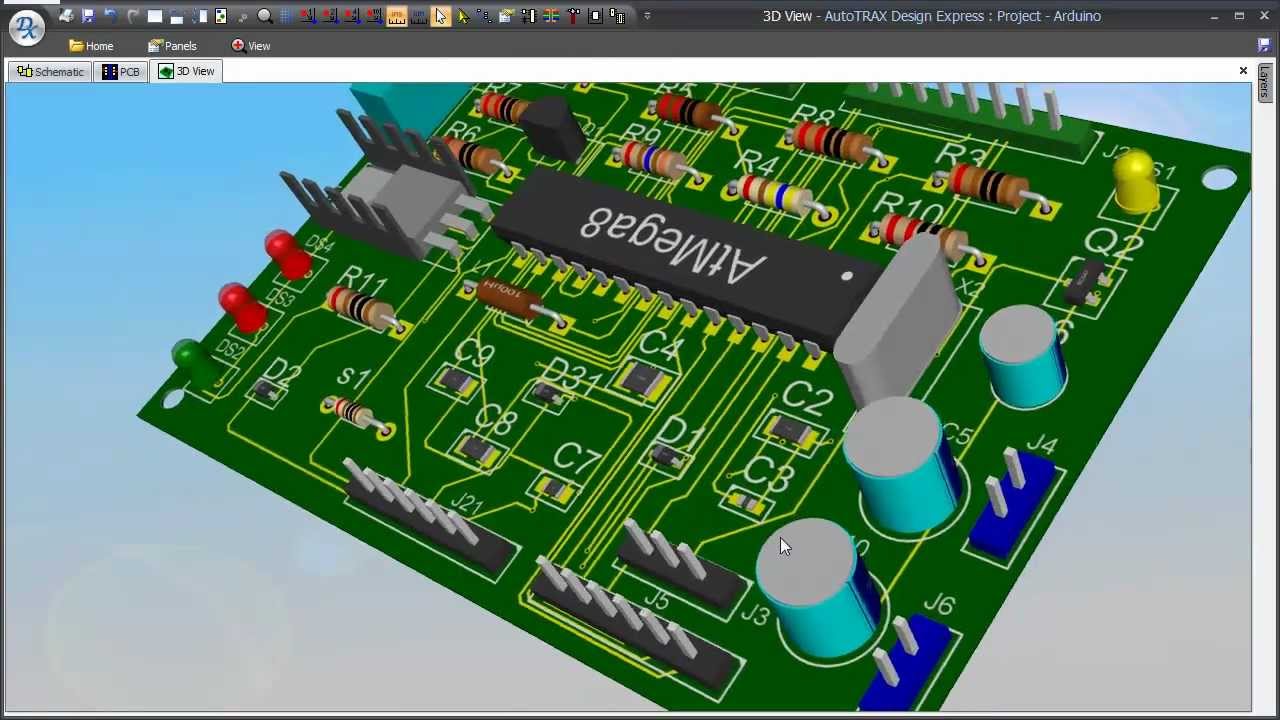PCB Design Tools: A Comparative Analysis of KiCad, Eagle, and Altium Designer
Introduction
Printed Circuit Board (PCB) design is a crucial step in the development of electronic devices. A well-designed PCB ensures optimal performance, reliability, and manufacturability. To aid in this process, various PCB design tools are available, each with its own strengths and weaknesses. This white paper will delve into three popular tools: KiCad, Eagle, and Altium Designer.
KiCad
Open-source, feature-rich, and user-friendly.
- Strengths:
- Free and open-source
- Strong community support
- Extensive library of components
- Powerful scripting capabilities
- Good integration with other open-source tools
- Weaknesses:
- Steep learning curve for complex designs
- Can be slow for large projects
- Limited 3D visualization capabilities
Eagle
Affordable, easy to learn, and widely used.
- Strengths:
- User-friendly interface
- Good integration with other CAD tools
- Large community and extensive libraries
- Affordable pricing
- Weaknesses:
- Limited scripting capabilities
- Can be slow for large projects
- Less powerful than other tools for complex designs
Altium Designer
Powerful, comprehensive, and industry-standard.
- Strengths:
- Powerful design capabilities
- Excellent 3D visualization
- Extensive library of components
- Strong integration with other design tools
- Robust scripting capabilities
- Weaknesses:
- Steep learning curve
- High cost
Feature Comparison
| Feature | KiCad | Eagle | Altium Designer |
|---|---|---|---|
| Cost | Free | Affordable | Expensive |
| Ease of Use | Moderate | Easy | Moderate |
| Learning Curve | Steep | Gentle | Steep |
| Component Libraries | Extensive | Extensive | Extensive |
| 3D Visualization | Limited | Limited | Excellent |
| Scripting Capabilities | Strong | Limited | Strong |
| Integration with Other Tools | Good | Good | Excellent |
| Performance | Moderate | Moderate | Excellent |
Choosing the Right Tool
The best PCB design tool for a specific project depends on several factors, including:
- Budget: KiCad is a great option for those on a tight budget, while Eagle offers a good balance of price and features. Altium Designer is the most expensive but offers the most powerful features.
- Complexity of the Design: For simple designs, Eagle may be sufficient. For complex designs, KiCad or Altium Designer are better suited.
- Team Size and Collaboration: Altium Designer offers excellent collaboration features, making it ideal for larger teams.
- Desired Level of Customization: KiCad and Altium Designer offer strong scripting capabilities for customization.
Conclusion
By carefully considering these factors, engineers can select the most appropriate PCB design tool for their specific needs. Whether you're a hobbyist or a professional engineer, there is a PCB design tool that can help you create high-quality, reliable PCBs.
References:
- KiCad Official Website: https://www.autodesk.com/products/eagle/overview
- Altium Designer Official Website:
Would you like to delve deeper into a specific tool or discuss advanced PCB design techniques?



